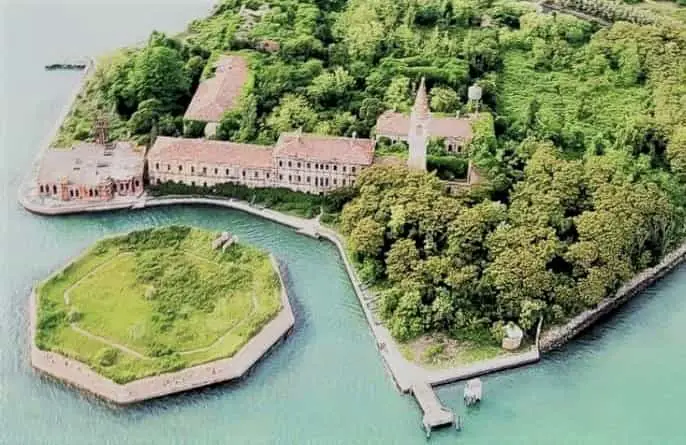The truth about the hauntings in Hoia Baciu Forest, Romania
Hoia Baciu Forest, a 1,000-acre wooded area in Transylvania, Romania is known for its alleged hauntings and strange phenomena. People arrive from every part of the world to see the famous forest and maybe experience some of its secrets. There are many reported hauntings and experiences, famous legends, and accounts. But Hoia forest is somewhat unusual because there have actually been some serious scientific investigations. And the sheer number of paranormal sightings makes it stand out from other similar sites.
Hoia Baciu Forest’s History.
The Forest’s Origins.
Hoia Baciu Forest is thought to have developed more than 10,000 years ago as a result of the last Ice Age glaciers’ retreat. It lies on the larger Transylvanian Plateau, which is renowned for its karst topography and limestone formations. Habitations of the area date back to the Paleolithic era. Humans have lived in the forest for at least 8000 years. And it has been used by local farmers and shepherds using the forest for thousands of years.

Historical Occurrences Related to the Forest.
Hoia Forest has a lengthy, illustrious history. The forest served as a source of timber and a hunting ground for Transylvanian nobility during the Middle Ages. The forest saw action between German and Romanian forces in World War II, leaving behind bunkers and trenches that are still visible today. The former village of Hoia, which was abandoned in the 18th century as a result of repeated raids by Ottoman raiders, was also located in the forest. Even now, the village’s ruins can be seen in the forest.
But let’s get into the hauntings and the ghosts.
Reports of Hauntings
The Hoia Baciu Forest is known for being a hotspot for eerie activity. Numerous reports of strange events have occurred in the forest over the years, including sightings of UFOs, ghostly apparitions, unexplained noises, and strange time dilutions. Some visitors to the forest have described sensations of unease or being watched, and others have faced unpleasant physical symptoms like nausea or dizziness.
The most well-known sighting in the forest took place in 1968 when Emil Barnea, a military technician took a picture of a disc-shaped object hovering over the trees. The image has drawn a great deal of interest and skepticism. Some say it’s a hoax, while others claim it’s real proof of extraterrestrial activity.
… And there are ghosts too.
There have been reports of ghostly apparitions in the forest in addition to UFO sightings. Some visitors have claimed to have been touched or pushed by an eerie force, while others have seen shadowy figures or heard voices that didn’t belong to them. Due to the forest’s reputation as a hotspot for paranormal activity, thrill-seekers, ghost hunters, and paranormal investigators frequently visit it.
Many skeptics are still unconvinced despite the numerous reports of paranormal activity in the forest. Some claim that natural phenomena cause the sightings or that people’s overactive imaginations could be to blame. Others contend that the reports could be the result of the “suggestibility effect,” a psychological phenomenon whereby people are more likely to report paranormal experiences when they are in an area that is thought to be haunted.
The Various Sighting and Experience Categories
So, there have been many sightings. So many, in fact, that it would be overwhelming to list them all. Still, here are a few of the most frequently reported phenomena:
- UFO sightings: The photograph by Emil Barnea is one of the most well-known sightings in the forest. Many other visitors to the forest have reported spotting strange, difficult-to-explain lights or objects in the sky.
- Alexander Sift claimed he had experienced what he called “shadows”, certain presences that always seemed to be with and behind him. These shadows occasionally resembled a man and a woman. They disappeared as soon as he looked at them though. Even so, Sift was able to capture a picture of the man just as he was about to disappear. The strange creature is depicted while parts of its body were turning translucent.
- Ghostly manifestations: Visitors have reported seeing eerie figures, hearing voices that don’t belong to them, and sensing the presence of ghostly beings. Some people have asserted that they were pushed or touched by an invisible force.
- Strange noises: Visitors have reported hearing noises, such as footsteps or whispers, that are eerie and cannot be explained by any readily apparent cause.
- Missing time: A few visitors have mentioned feeling as though they have been in the forest for a lot longer than they thought they had.
- Physical sensations: Some visitors have described experiencing physical sensations like nausea or vertigo that they are unable to explain.
Still, not every person who visits the forest reports seeing or hearing ghosts. Like always, it seems very much that what you bring in with you, you take out from the forest. The skeptically-minded person would probably see, hear, and experience fewer strange occurrences.
Notable Narratives and Legends Related to the Forest
- A shepherd went into the forest with 200 sheep and never came out. The shepherd and his flock are said to have vanished without a trace, and their whereabouts are still unknown.
- A five-year-old girl who got lost in the forest and came out five years later, unaged and with no memory of what had happened to her.
Some of the more scientific evidence of the paranormal in the Hoja forest.
- Biologist and University of Cluj professor Alexandru Sift oversaw a scientific investigation of the forest in the 1960s. Sift was intrigued by the region’s peculiar vegetation, but he also observed the dense electromagnetic activity in the forest. He proposed that this might be the cause of the strange experiences visitors had reported.
- Scientists from the Technical University of Cluj-Napoca have made some investigations. They discovered that the magnetic field inside the forest was 30% stronger than outside. This could possibly depend on the presence of large quantities of underground water At the site. But they couldn’t determine the reason for the increased magnetism with any certainty.
- The Romanian Society of Parapsychology carried out one of the most well-known of these studies in the 1990s. The group camped out in the forest for several nights and claimed to have encountered strange lights and noises. They were unable to record any concrete proof of paranormal activity, though.
- In 2009 and 2012, a group of sleuths from the “Destination Truth” program on the SyFy channel visited the forest. To try and find proof of paranormal activity, they employed a variety of devices and methods, such as electromagnetic field detectors and thermal imaging cameras. Although they recounted a number of strange occurrences, they were “obviously” unable to conclusively prove the presence of ghosts or other paranormal activity in the forest.
The results – How should we interpret all these findings?
It is also reasonable to suppose a certain bias. At least some of the groups doing the surveys certainly would very much like to find evidence. According to my limited experience, Destination Truth and The Romanian Society of Parapsychology do not hold up to scrutiny. Alexandru Sift was a biologist and maybe he too isn’t the right man to ask. But there are other issues…
The photo In 1968 by Emil Barnea is one of the sharpest and best-focused ever according to many UFO experts. Still, when looking at it, I can’t liberate myself from the idea of a manipulated photo, but I’m no photo expert… You judge for yourself.
The “witch” circle.
Inside the forest, there is a perfectly circular area without trees. Nothing grows there other than grass, and the trees around it twist and turn seemingly trying to avoid the round opening. Biologists have studied the ground there to investigate if there is something preventing the vegetation from overgrowing the area. But there seems to be no obvious biological reason for the phenomena.
The “paranormal” truth about Hoia forest?
Some researchers claim the forest could be a doorway to another world or the source of a mystical or spiritual energy that dates back thousands of years. Others contend that the region has a long history of paranormal activity and that the reports of hauntings and other strange occurrences are merely a component of the forest’s folklore.
The scientific community has been unable to fully explain the reported hauntings in Hoia Baciu Forest despite decades of research. Some scientists have hypothesized that the peculiar experiences that visitors have may be related to the forest’s distinctive geomagnetic field. Some reports of unusual sights or sounds in the forest have been attributed to infrasound or sound waves at a frequency below the threshold of human hearing.
The Hoia Baciu Forest Hauntings: The Real Story
Attitudes and Beliefs Towards the Forest
Reported strange presents and experiences can obviously be a result of exaggeration, misunderstanding, or plain old fear and superstition. As normally, functional human beings we are prone to put our internal view of things into words and narratives about the external universe. We start with a conviction and then we adjust what we see and hear to confirm that conviction. And so, reports and testimonies should always be accepted very cautiously.

The myths and legends associated with the forest may also create a “feedback loop” of expectation and belief. Visitors who have heard tales of the forest’s hauntings may be more inclined to anticipate having a paranormal experience, which in turn may make them more inclined to interpret ambiguous sights or sounds as proof of the supernatural.
Hoaxes and intentional deceivings
Many of the experiences that people have claimed to have had in Hoia Baciu Forest can actually be explained by less bizarre things like hoaxes, incorrect identification of natural phenomena, and even hallucinations brought on by stress or fear. Any more or less touristic spot on the map could gain or lose depending on the publicity it gets. Hoia forest definitely has a solid reputation for being haunted, and that of course leads to more visitors and more income. It is not far-fetched to assume that at least some of the reporting is made by people who are just trying to maintain that reputation.
How Culture and Perception Affect How Paranormal Experiences Are Interpreted.
Furthermore, how people interpret ambiguous sights or sounds may vary depending on cultural preconceptions regarding ghosts, UFOs, and other supernatural occurrences. For instance, a person from a culture where ghosts are strongly believed to exist may be more inclined to interpret a strange sound as proof of a ghostly presence.
Final thoughts about Hoia Forest
Adrian Pătruț’s work.
Alexander Sift died in 1993, and shortly thereafter most of his documentation on the Hoia forest was stolen. The little that remained was collected by Adrian Pătruț, professor in Chemistry and Chemical Engineering. He became one of the most important continuers of Sift’s effort. He also wrote a book about the forest, including material that for now cannot be scientifically explained.
But just like so many other places with reported paranormal activity, we can’t really prove indisputably one way or the other. Even Pătruț, who is absolutely convinced of the reality of the phenomena, questions the results when he confesses that they totally
depend on the person who enters the forest.
– A skeptic will probably walk out of there unscathed.
Final thoughts
Hoia Baciu Forest is a very spooky and alluring location, no doubt about that. The forest in itself brings you to imagine all kinds of things. Although the reported hauntings in the forest are still not entirely understood by science, the experiences reported by visitors cannot be completely discounted. And at least some of the evidence cannot be easily excluded
Conclusion:
Hoia Baciu Forest, I would say is very interesting. One would definitely like to see better images of UFOs or have better documentation of small girls disappearing for five years and then coming back without any explanation. The fact that it is a big area, a forest of 1000 acres so if the phantoms plan to stay out of sight, they can. Although increasingly touristic, it’s still a possible paranormal site.

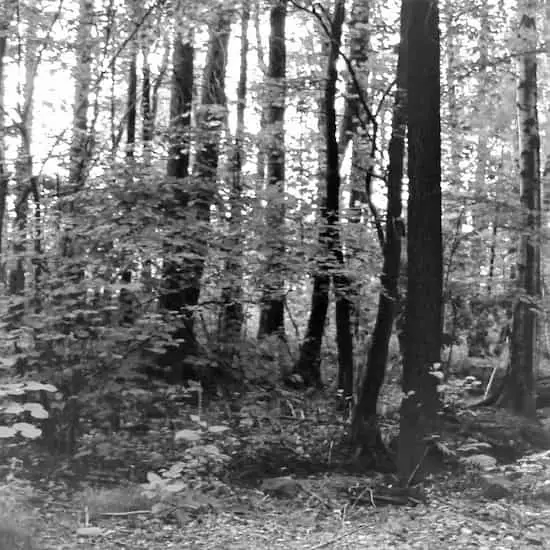















 The environment is perfect as a background for ghost stories. It’s vast, 200 acres with 60 different buildings to explore.
The environment is perfect as a background for ghost stories. It’s vast, 200 acres with 60 different buildings to explore.



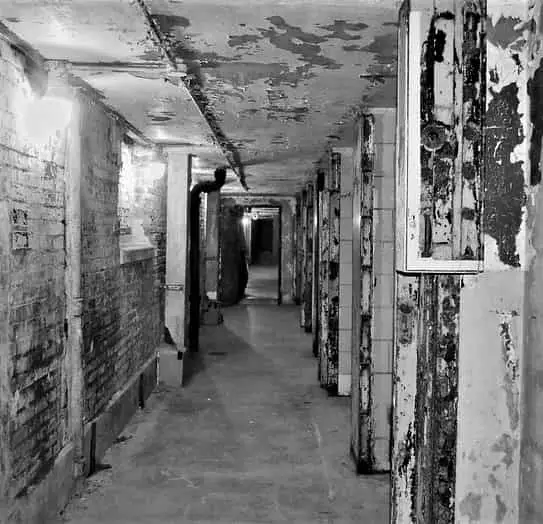

 What do the YouTube experts say?
What do the YouTube experts say?
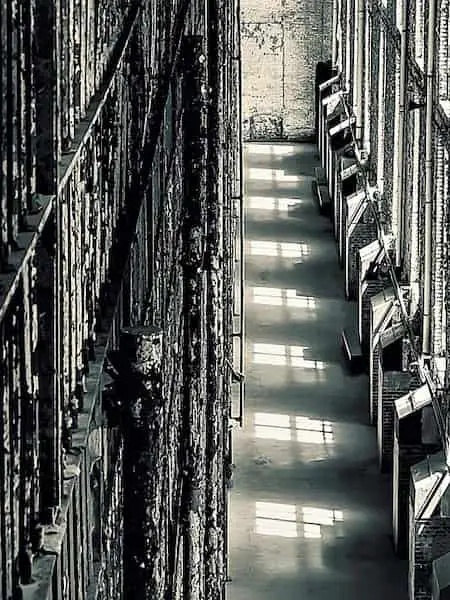






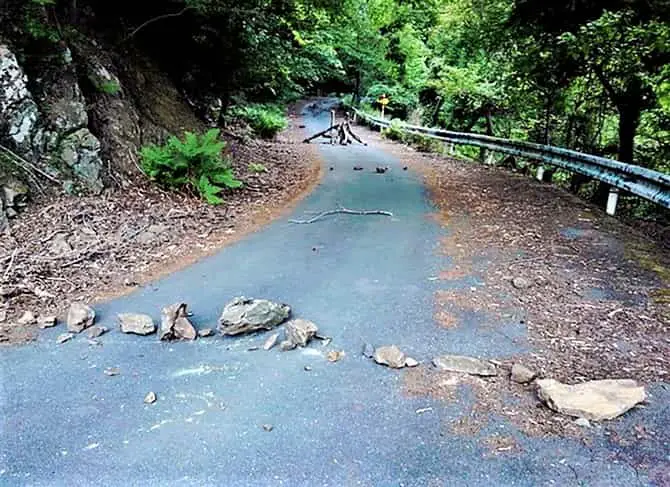




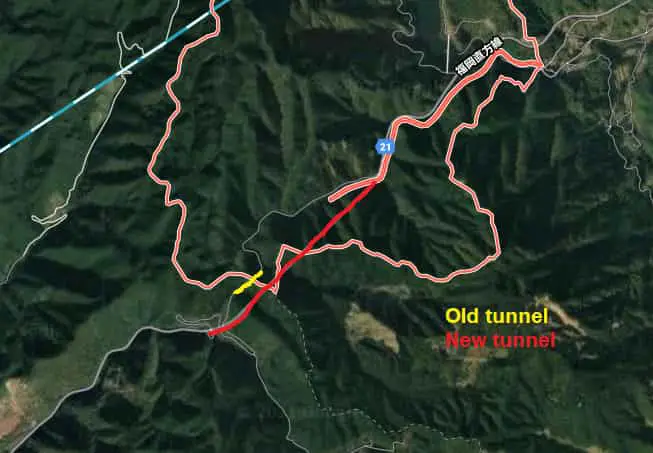





 The hauntings… Or not the hauntings
The hauntings… Or not the hauntings








 The movie… There’s always a movie…
The movie… There’s always a movie…
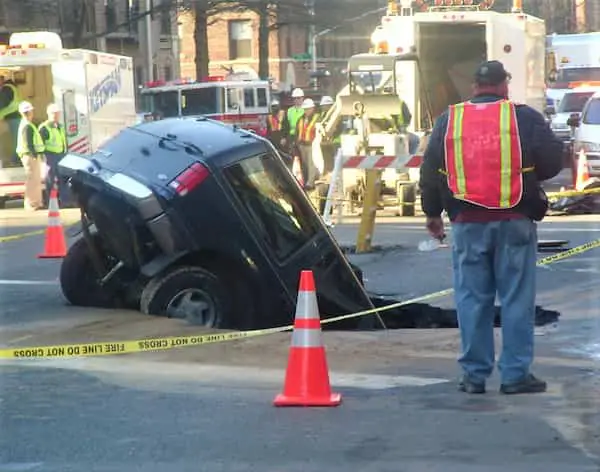








 The Vallecas Case – Scrutiny…
The Vallecas Case – Scrutiny…





 In the 40s a group of hunters were tracking a moose. On the path, they found 18 inches long footprints They concluded that something else was stalking the animal other than them. At a certain point, they found an opening and signs of a fight. The only prints moving away from the site were the 18-inch footprints they had seen earlier. It was as if the unknown predator had killed the moose, an animal of at least 500 pounds, possibly 1000, and carried it away, on its shoulders.
In the 40s a group of hunters were tracking a moose. On the path, they found 18 inches long footprints They concluded that something else was stalking the animal other than them. At a certain point, they found an opening and signs of a fight. The only prints moving away from the site were the 18-inch footprints they had seen earlier. It was as if the unknown predator had killed the moose, an animal of at least 500 pounds, possibly 1000, and carried it away, on its shoulders. 





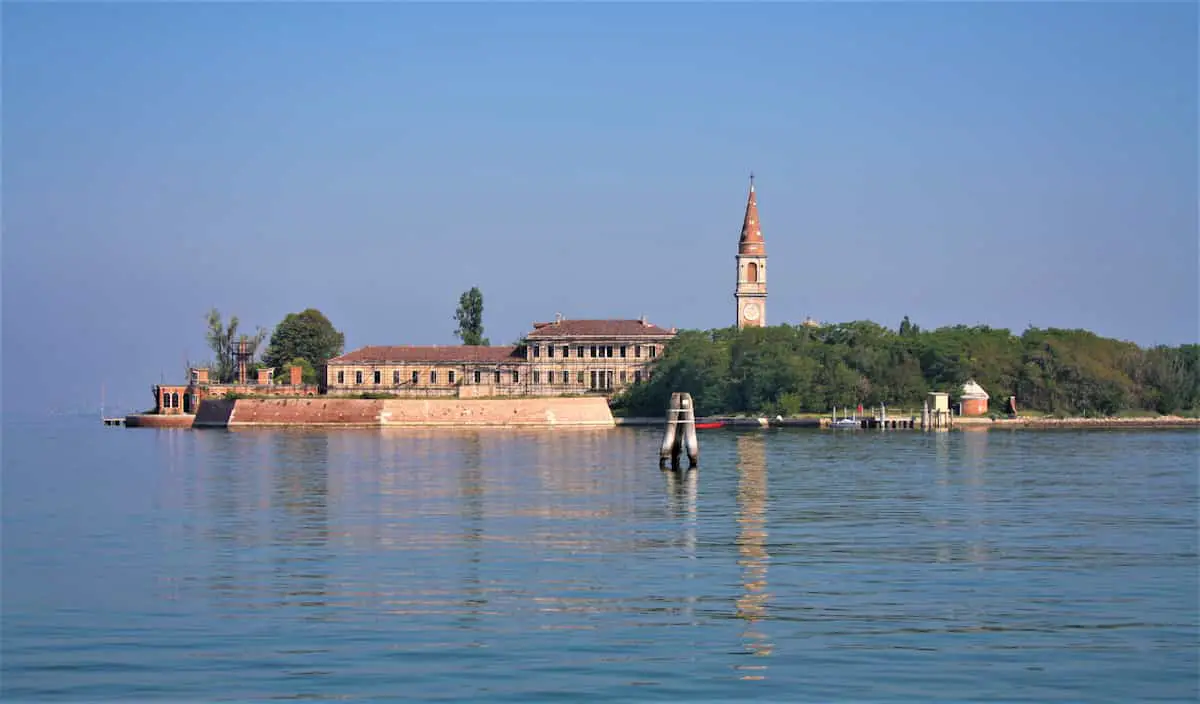



 How to do a TV show.
How to do a TV show.
